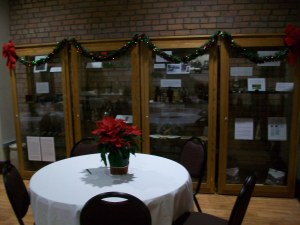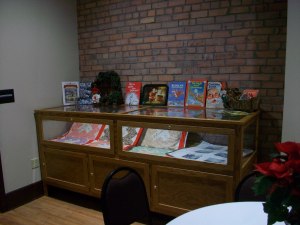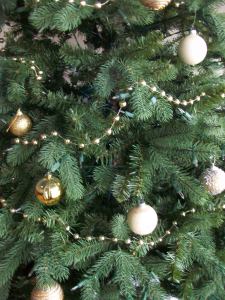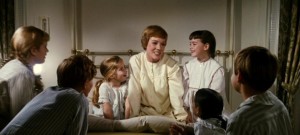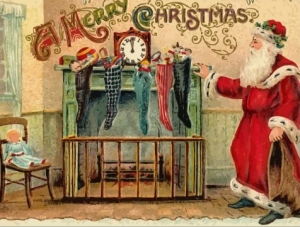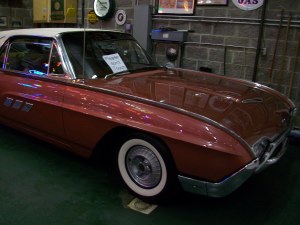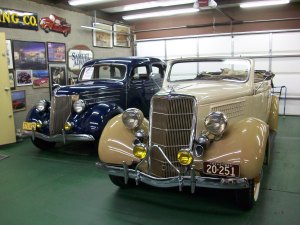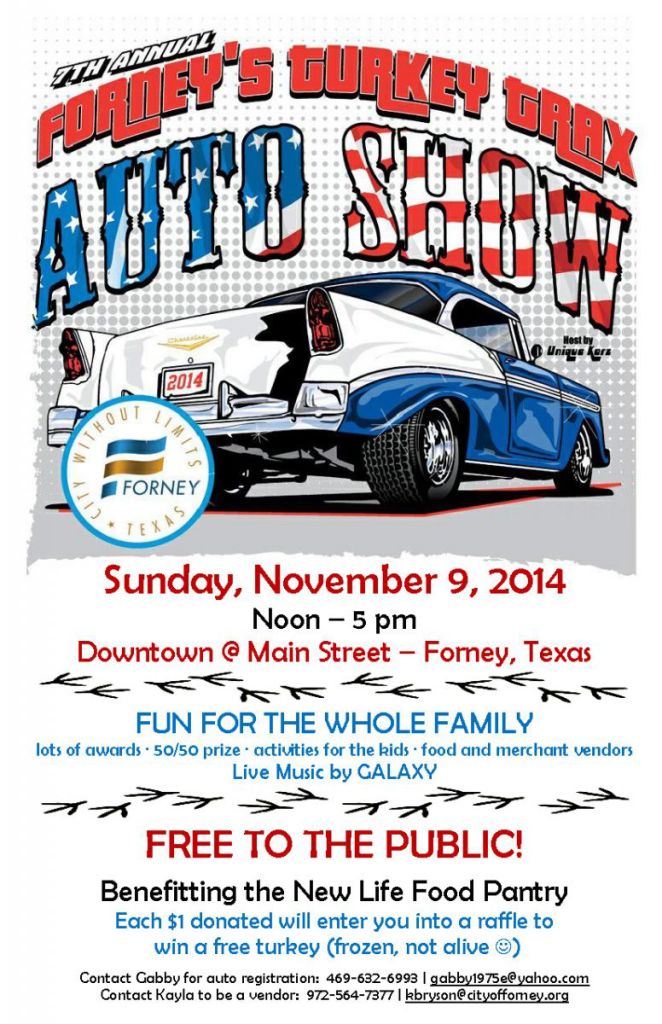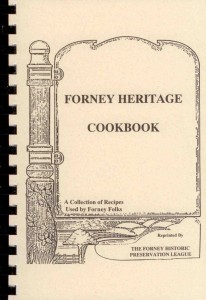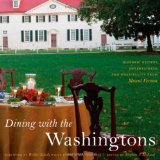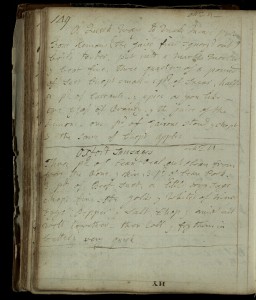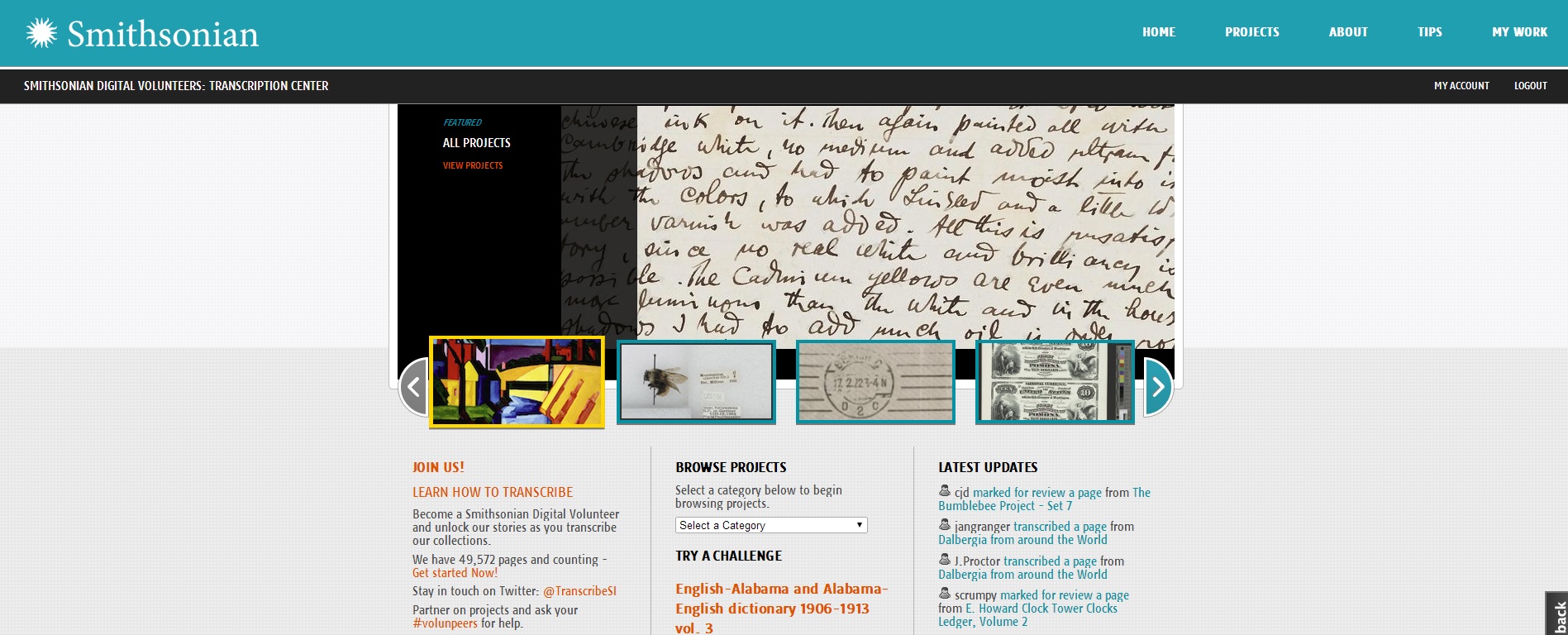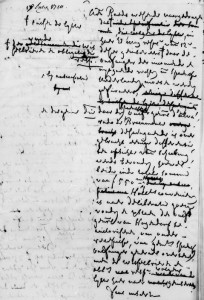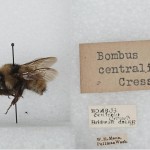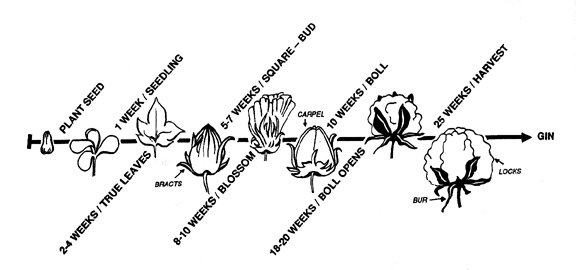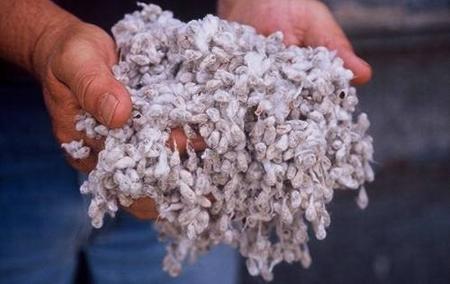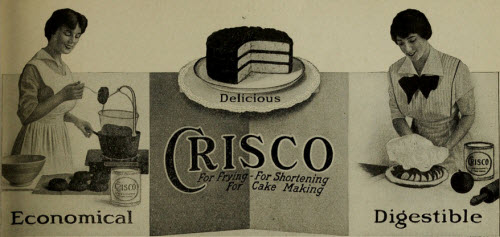Today finally there is a little sunshine in Forney after storms last night. And the night before that. And the weeks before that. It’s been very wet and very cloudy this spring which means you should take advantage of the nice weather and maybe take a walk or eat your lunch outside today. One of my favorite places to take a quick breather in downtown Forney is the Xeric Garden. If you voted at the sub-courthouse in the elections earlier this month, perhaps you saw it right next door. The garden is maintained by the Forney Garden Club.
The Forney Garden Club held its first meeting on May 23, 1984 with 9 founding attendees: Pauline Hays, Azaline Montgomery, Brenda Bradden, Tim Bradden, Bryan Ayers, Diane Matthews, Jerry Flook, Patt Jordan, and Linda Jordan. Those early members went through the process of establishing a formal organization and received guidance from both the White Rock Garden Forum and the Dallas Council of Garden Clubs, becoming a member of both groups.
In short order the Forney Garden Club received recognition for various projects and won awards such as an “Adopt a Highway” award, a “Community Achievement Award” from Governor White, a “Keep Texas Beautiful” award, and various ribbons at FFA shows and craft fairs. They donated books on wildflowers to the Forney High School Library and started a scholarship fund for deserving high school graduates planning to attend college. The biggest project undertaken, however, was the Xeric Garden.
County Commission Ken Leonard first approached the Club about creating a garden by the sub-courthouse in October, 2001. They decided to tackle the project and took about a year to prepare. In 2003, the Club developed a plan with an architect, raised the lot with over 50 truckloads of soil and compost, supervised the construction of a 16 x 16 foot gazebo pavilion, designed the arbor with crushed granite pathways, and constructed an Information Center with display cases. They received help from lots of volunteers including students from the National Honor Society and Student Council, Master Composters, friends, spouses, and many others.
The last remaining project before completion was the erection of the wrought iron fence. Panels were sold to individuals, businesses, and community organizations with their names included on the finished fence. This fundraising project plus a silent auction and other money-making endeavors helped raise over $32,000. The Club also received grant money from the National Garden Clubs, Inc. In 2008 the garden received a Blue Star Memorial Marker at its eastern edge. The marker honors all the men and women in uniform – past or present – from District X of the Texas Garden Clubs. Counties in District X are Kaufman, Rockwall, Hunt, Grayson, Collin, Ellis, Dallas, and Navarro.
The Xeric Garden was built as an educational tool as well as a public park. Information is available on topics such as recycling, composting, rainwater harvesting, and various others. The purpose of xeric gardening (as opposed to regular gardening) is to use native and adapted plants that need less water and require less maintenance to thrive. This type of landscaping conserves resources and is better able to survive in harsh or dry climates. It’s important to remember that just because we have rain now doesn’t mean we will for long. We were in a full-fledged drought last summer.
The Forney Garden Club hosts demonstrations and classes on landscaping, horticulture, bee keeping, and many more topics throughout the year and at their meetings. They also take field trips and hold an annual luncheon. The Club meets at the First Baptist Church on the 3rd Thursday of the month, September through May. That unfortunately means it will be a few months before they hold their next meeting. In the meantime you can visit the Xeric Garden, pick up a pamphlet, and enjoy the view. Hope to see you there.
Kendall
Many thanks to Nancy Harris for providing me with information on the Forney Garden Club and the Xeric Garden in particular. Visit the Garden Club facebook page to stay up to date on events or to contact them for more information. Memberships are available for $25.
And leave us a message on our facebook page, too!



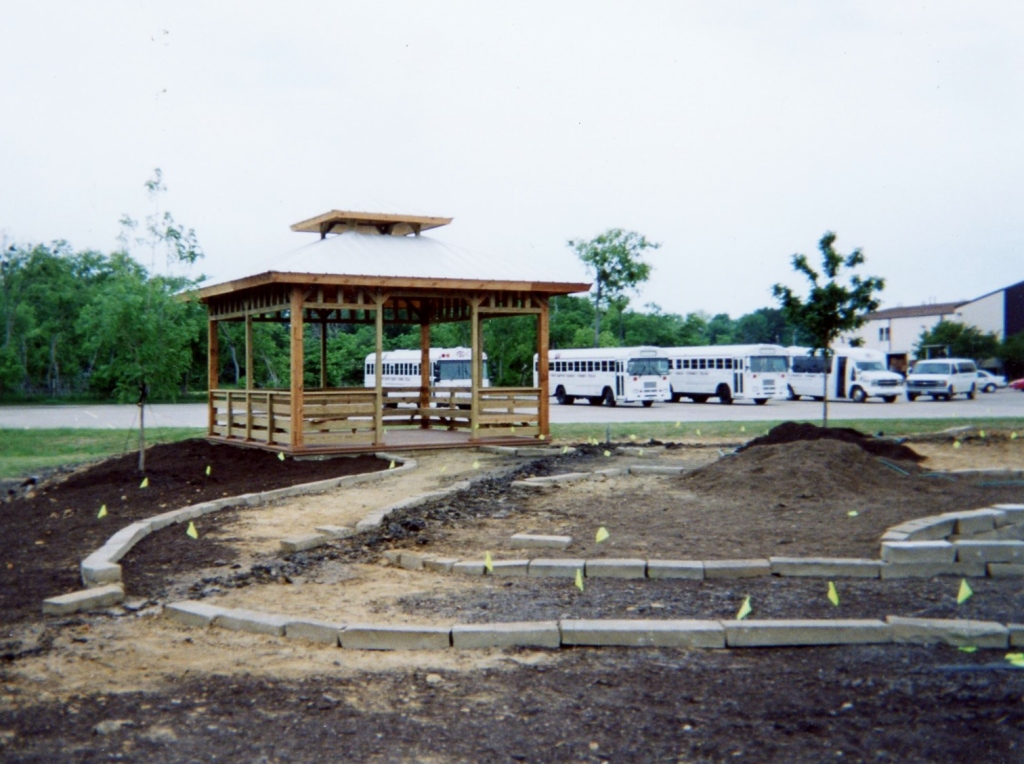

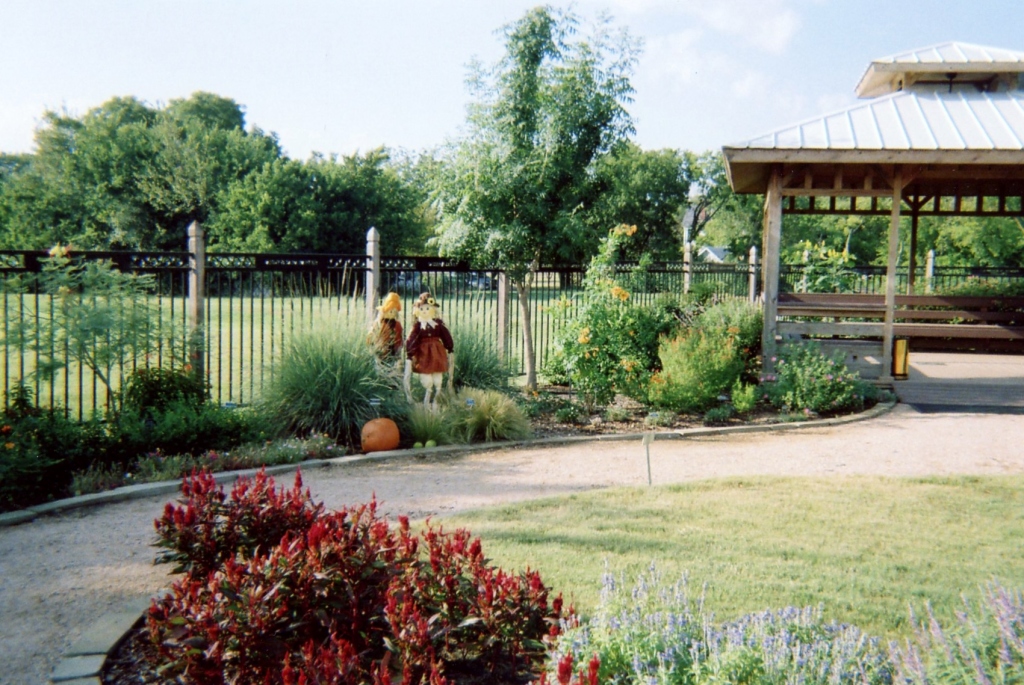
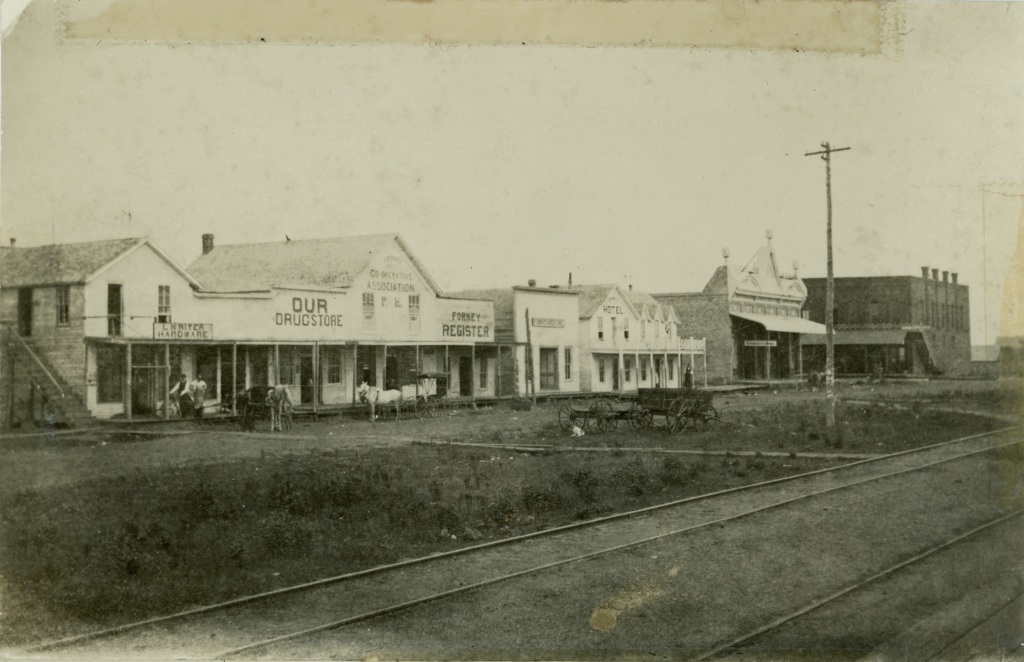

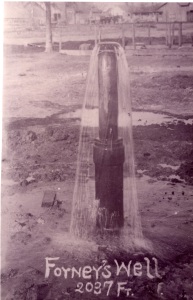
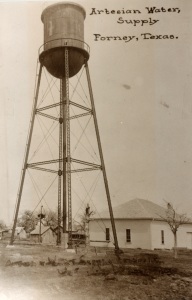
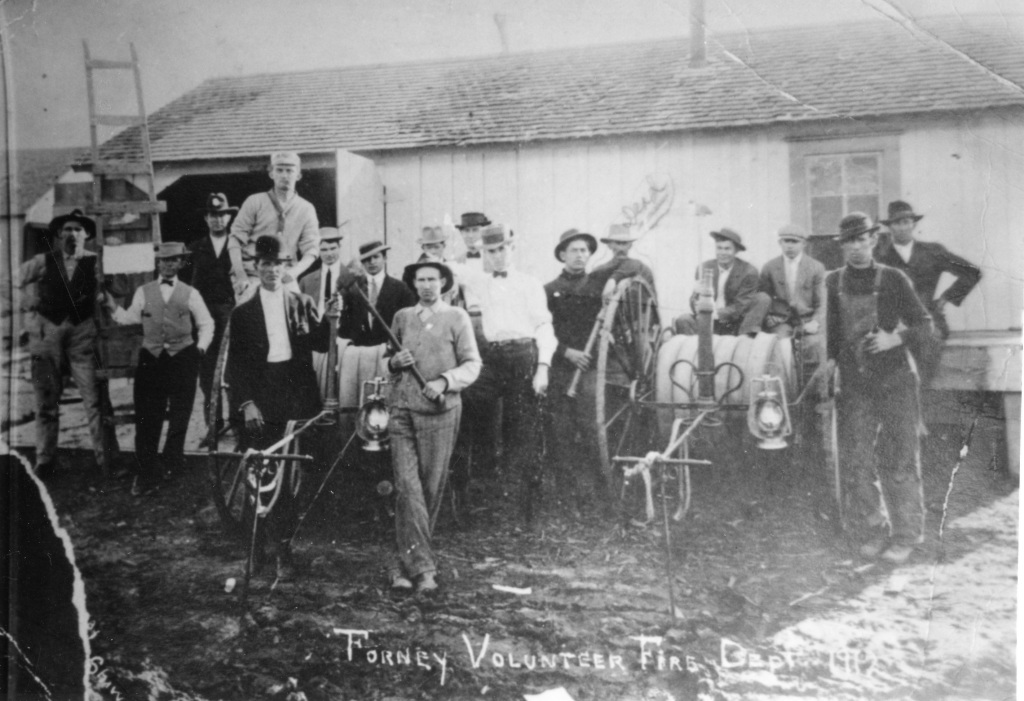

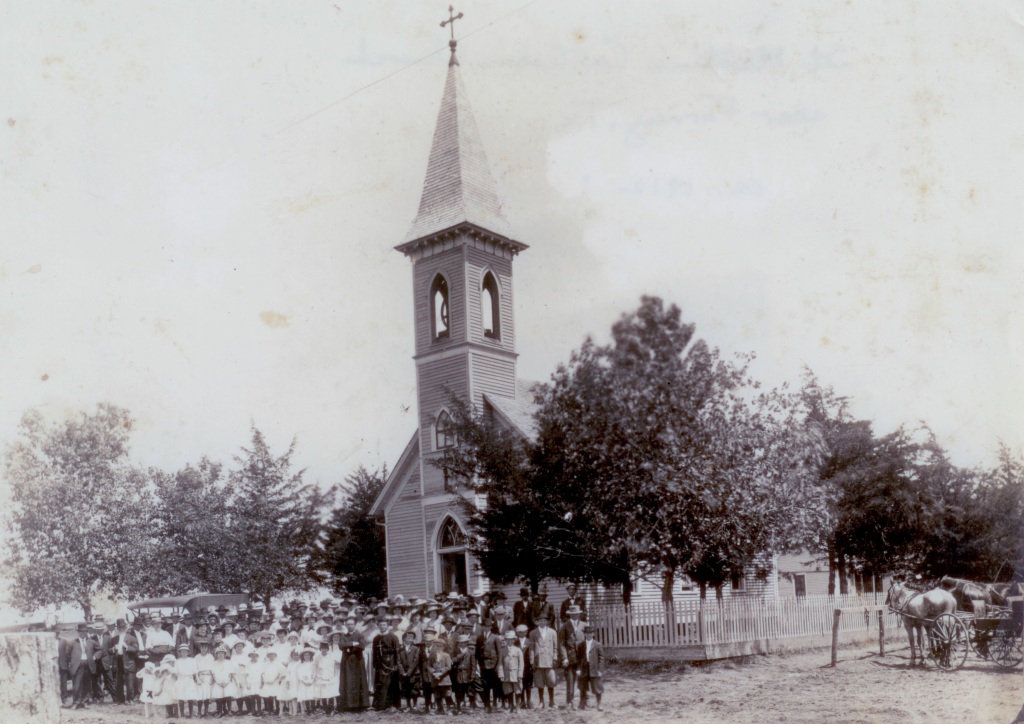


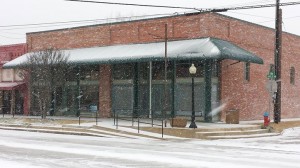
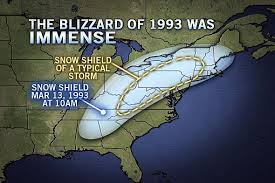
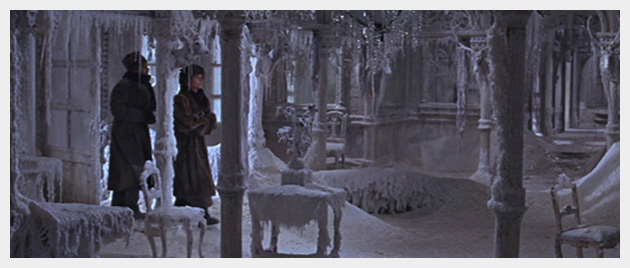
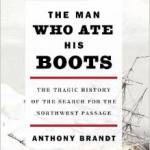
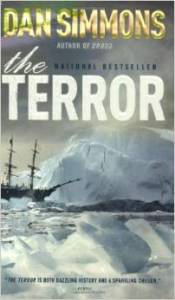
![100_3537[1]](https://historicforney.org/spellmanmuseum/wp-content/uploads/2015/01/100_35371-225x300.jpg)
![100_3540[1]](https://historicforney.org/spellmanmuseum/wp-content/uploads/2015/01/100_35401-300x225.jpg)
